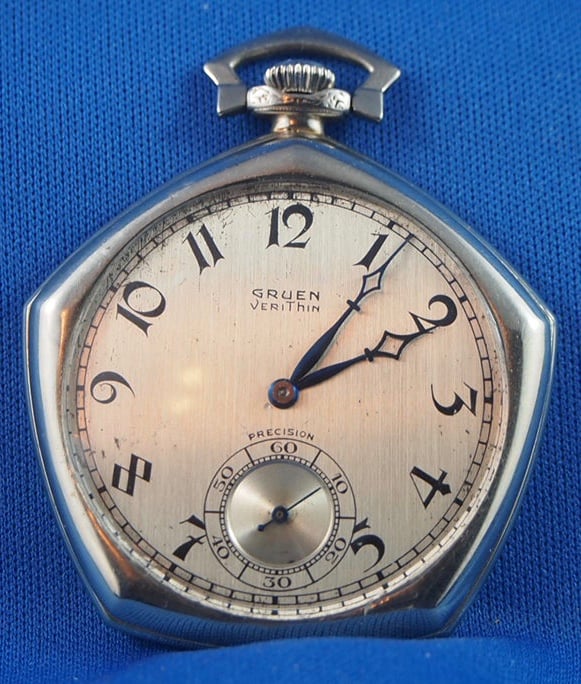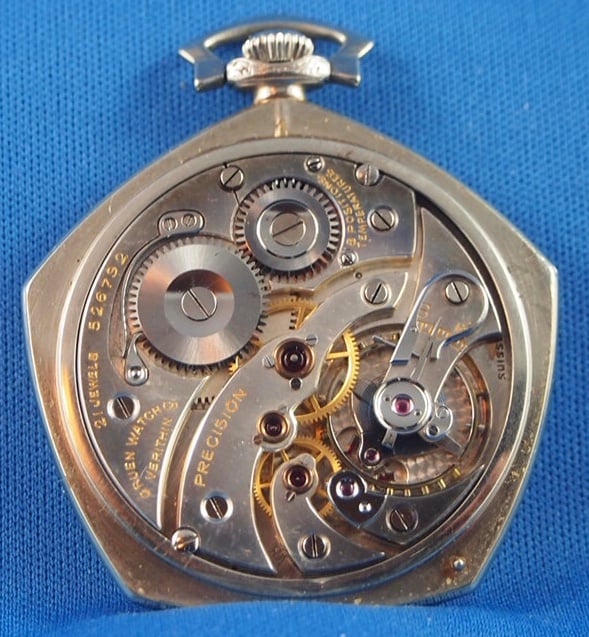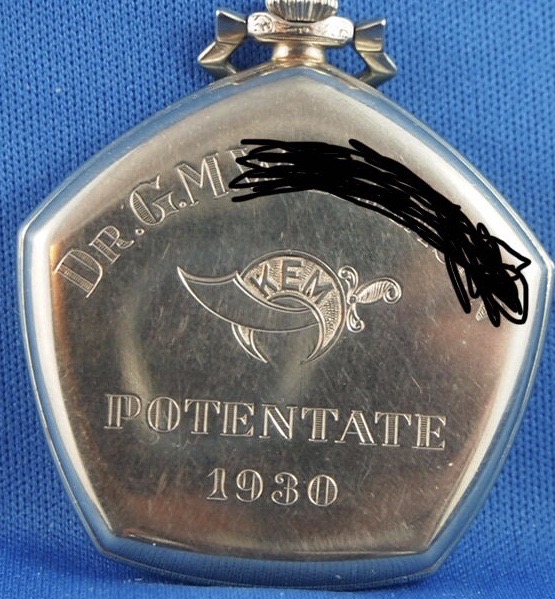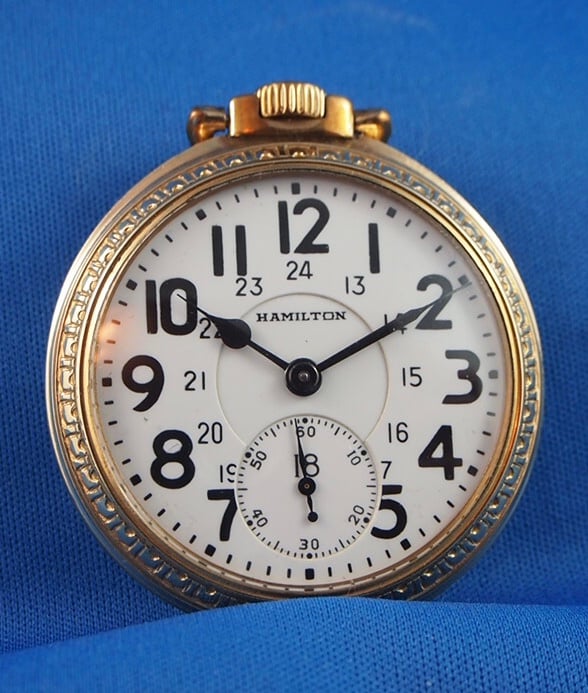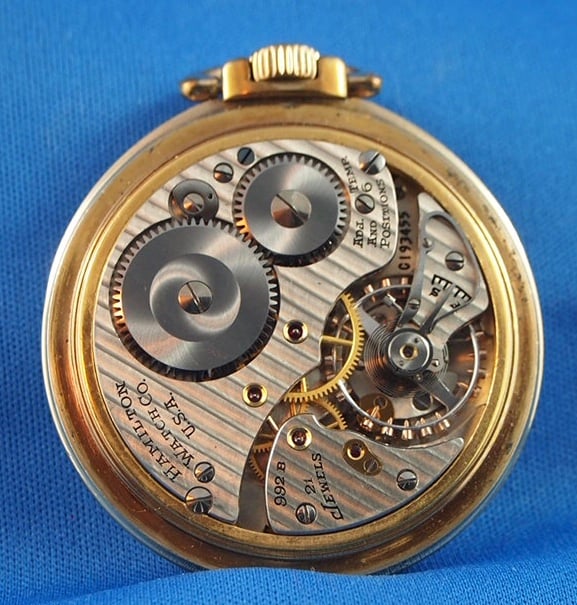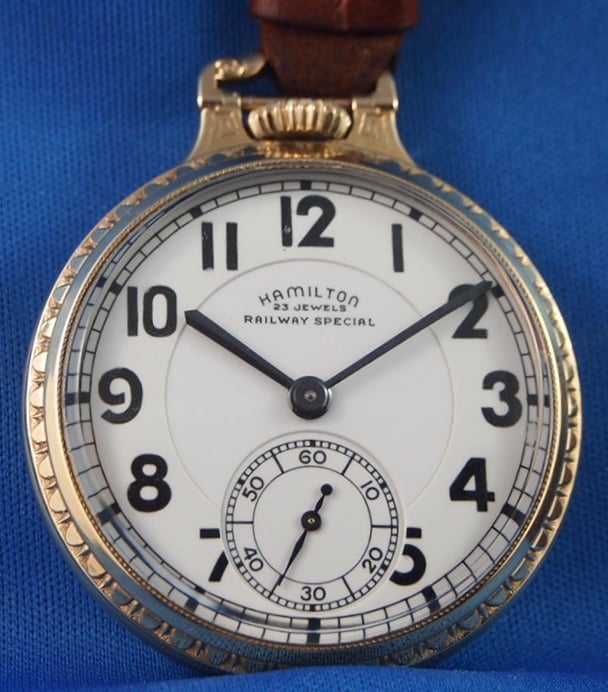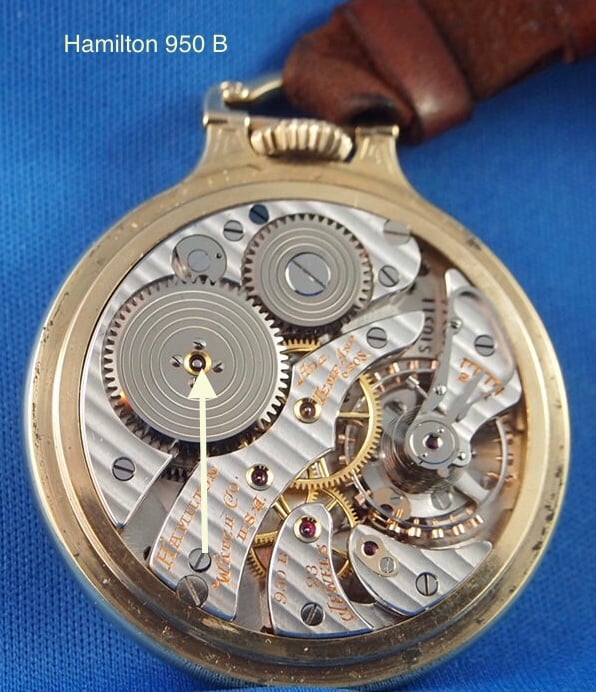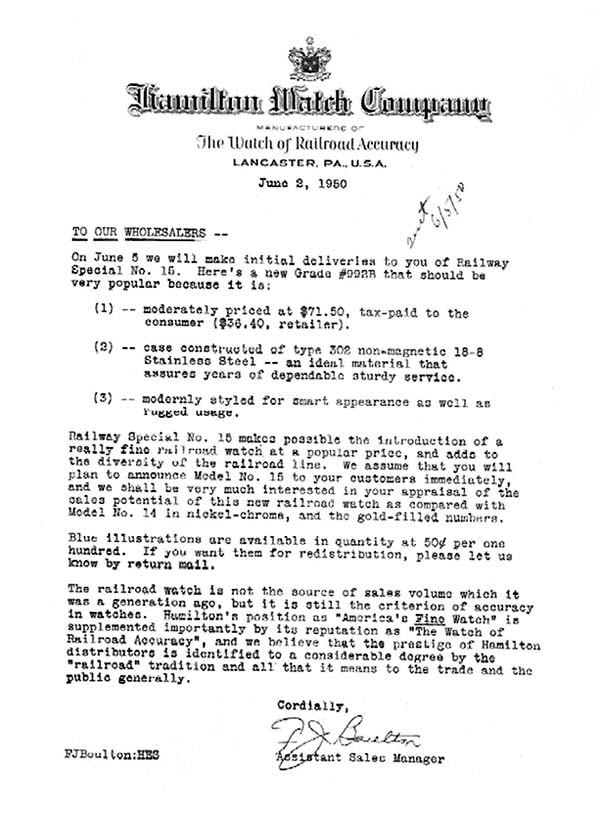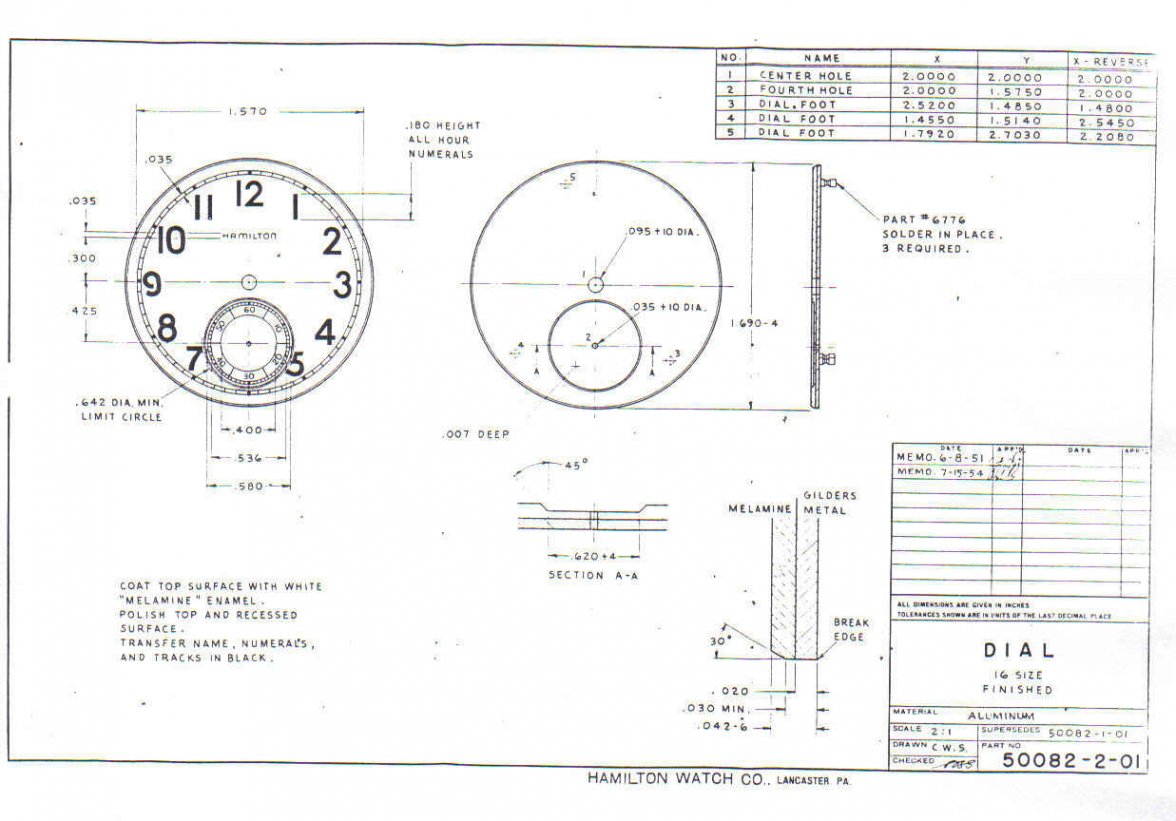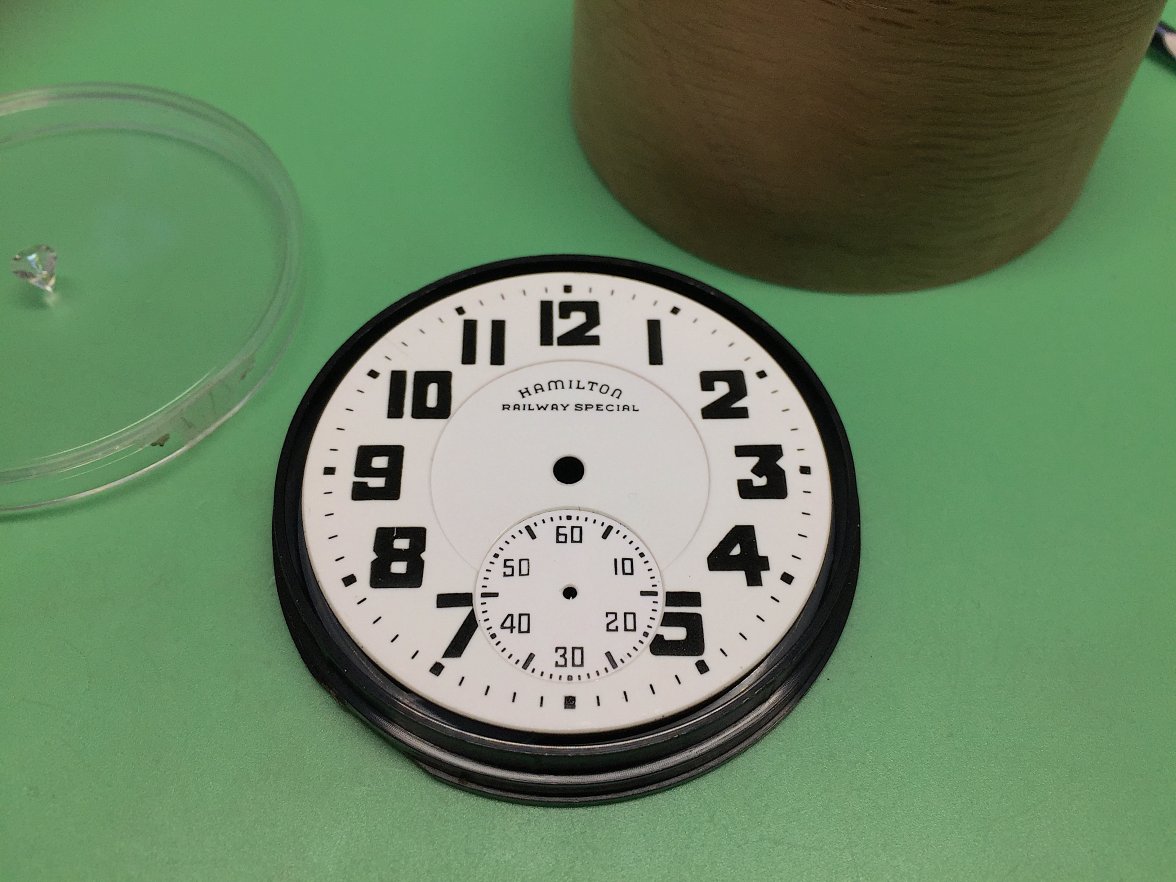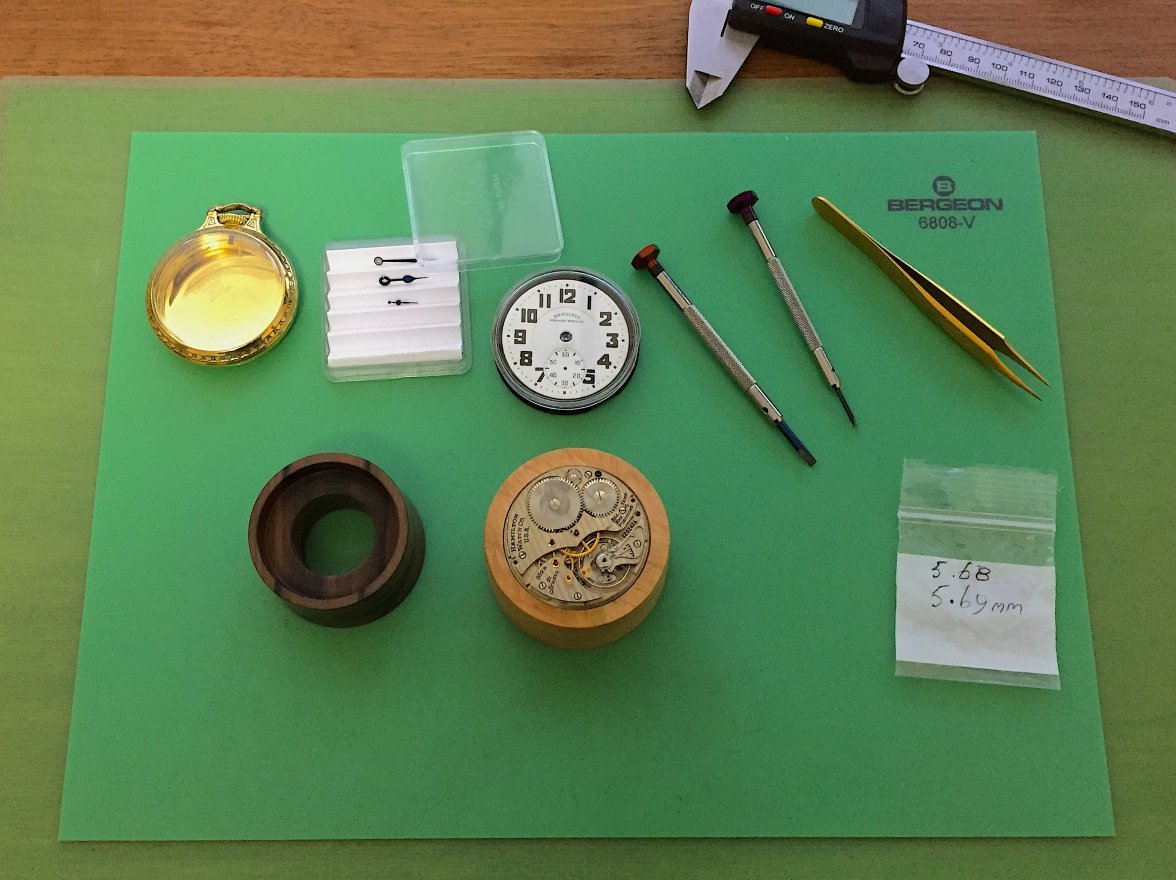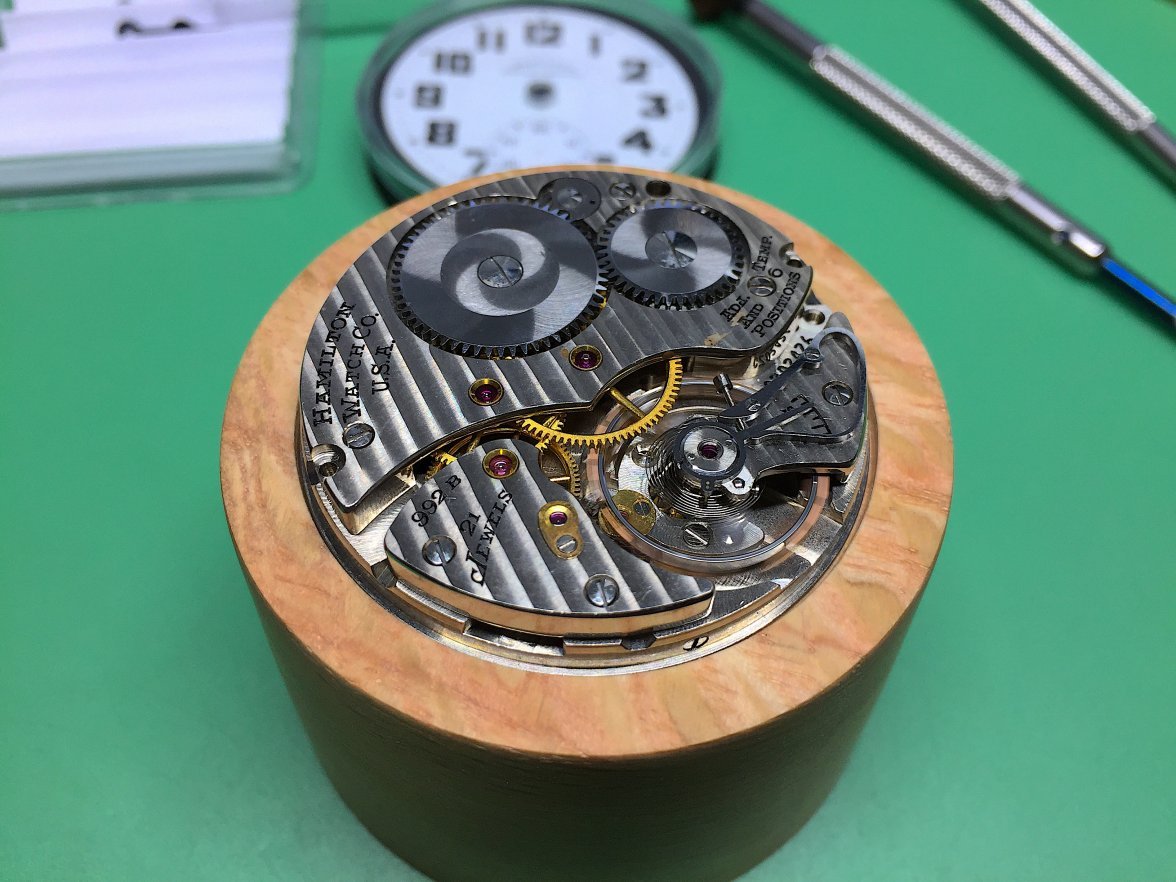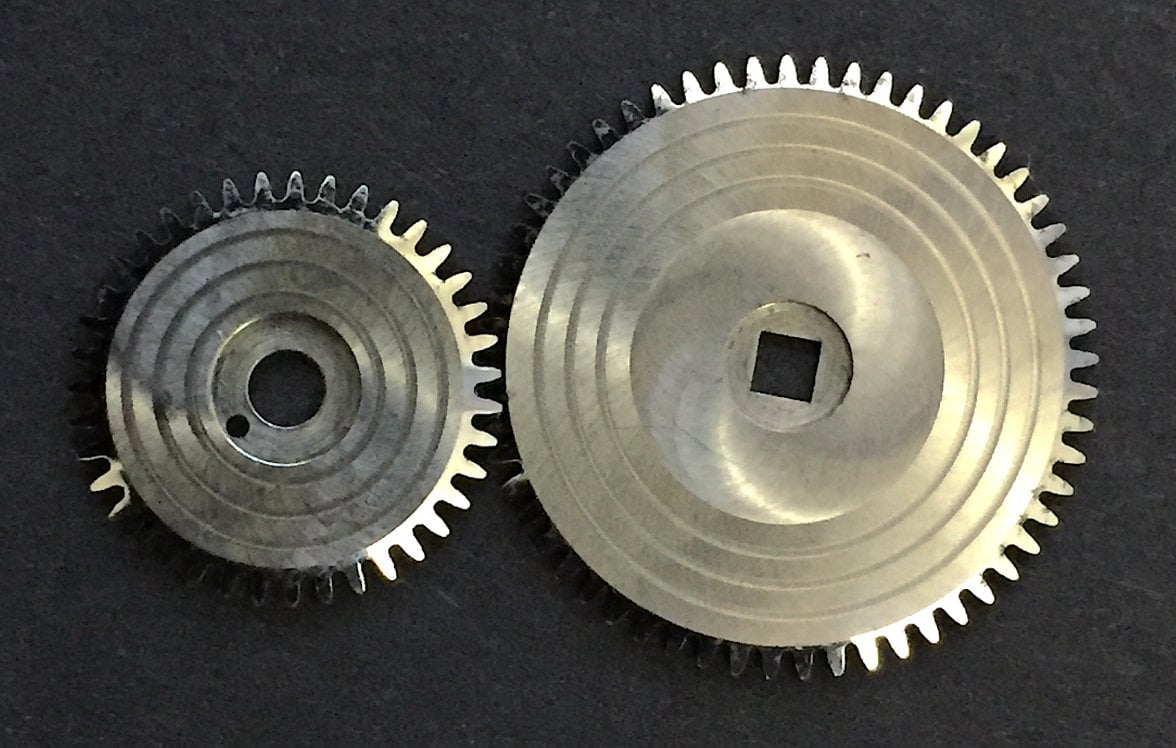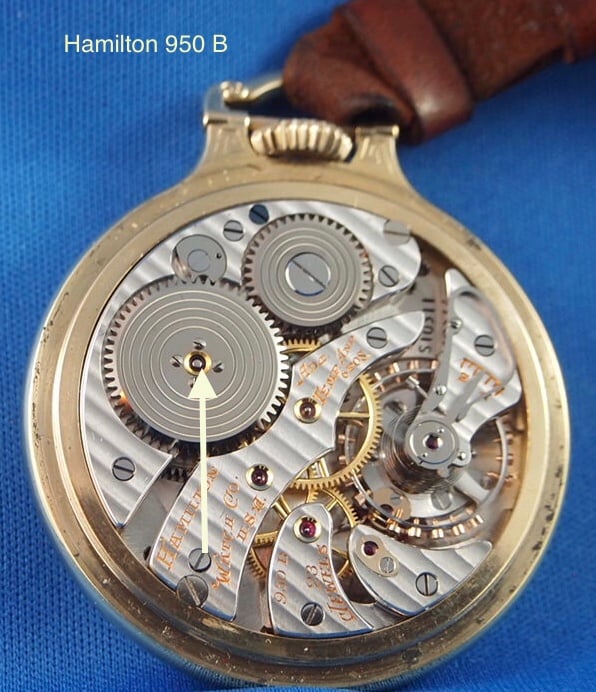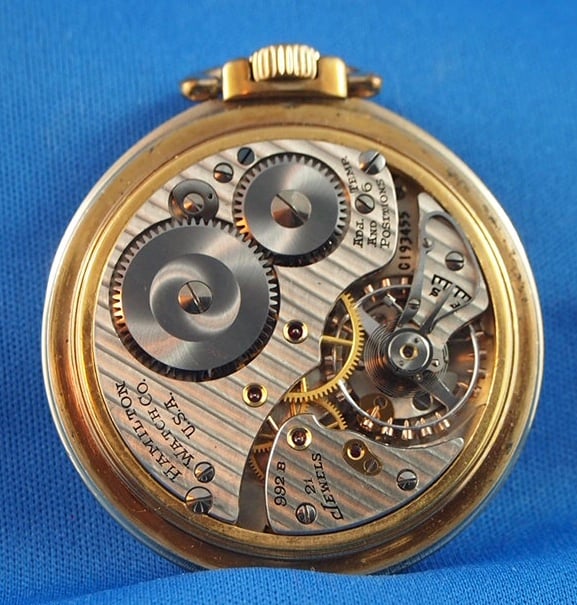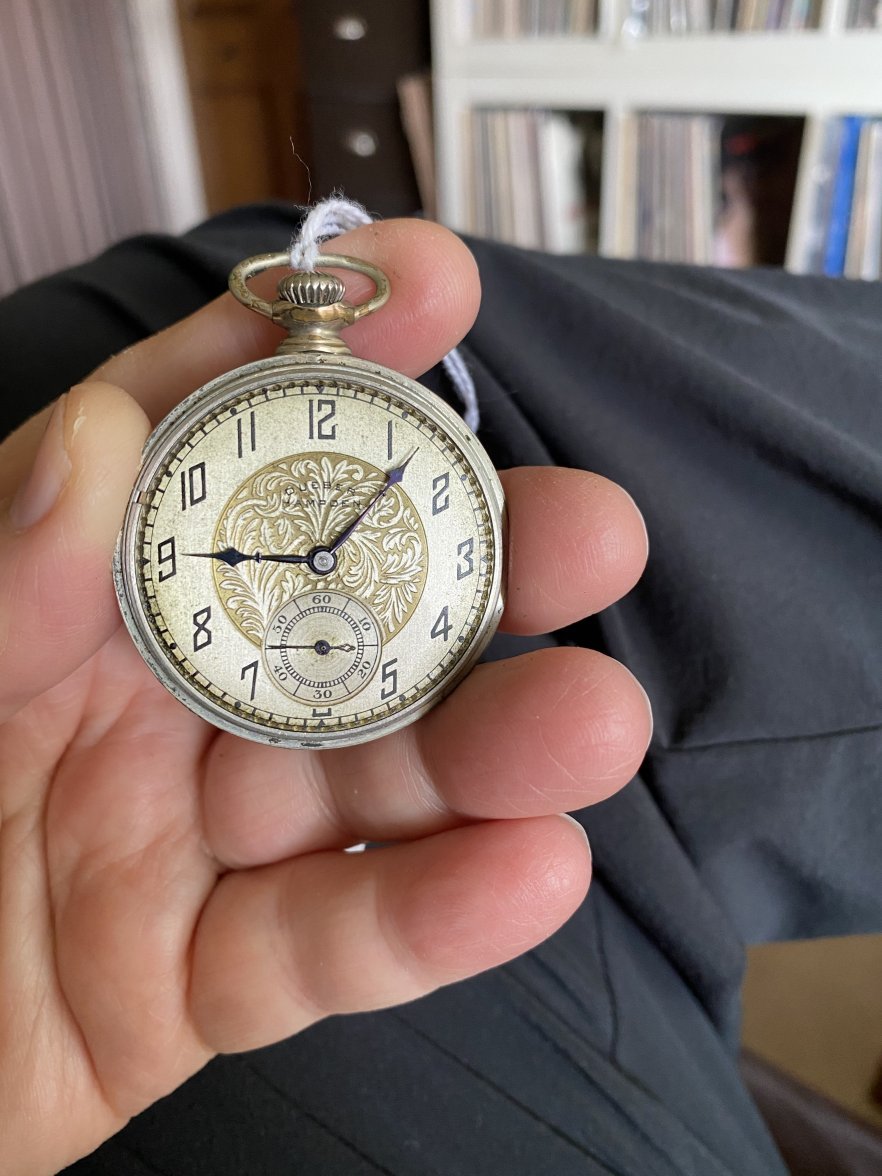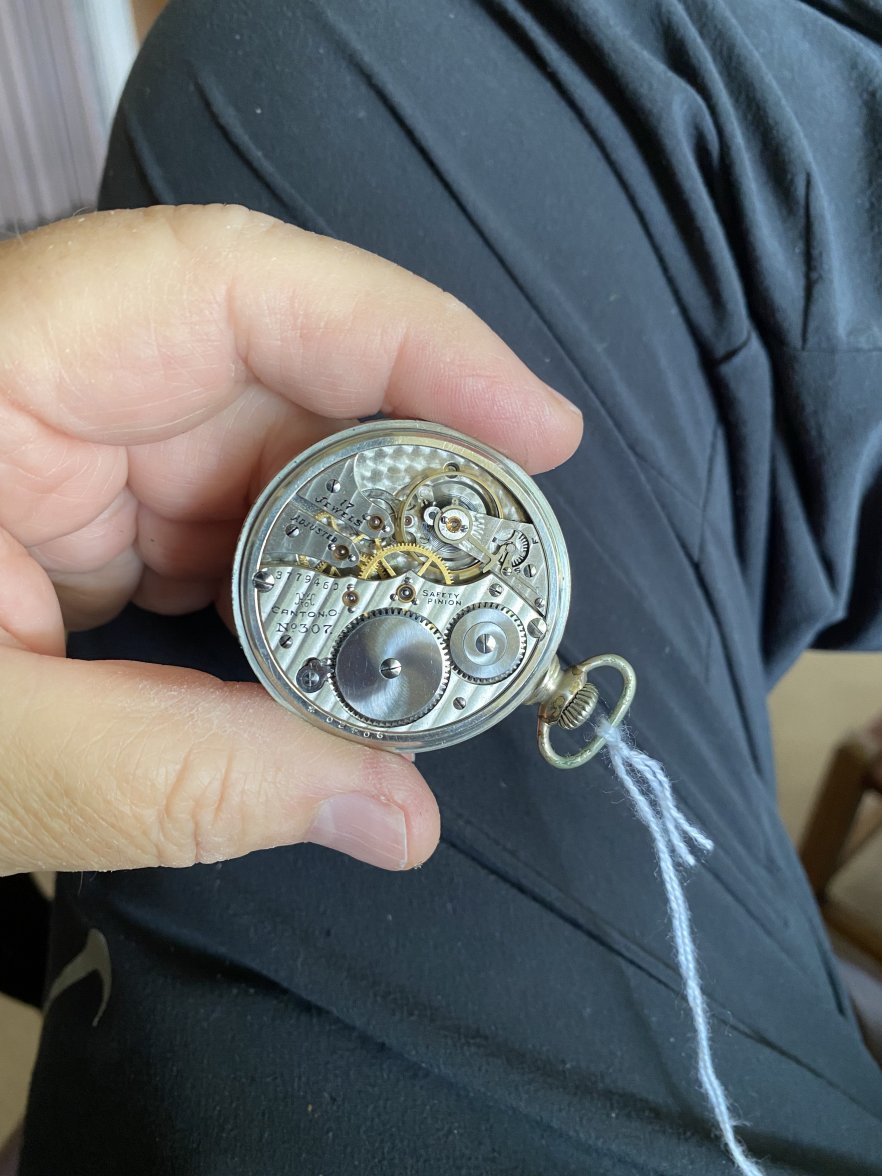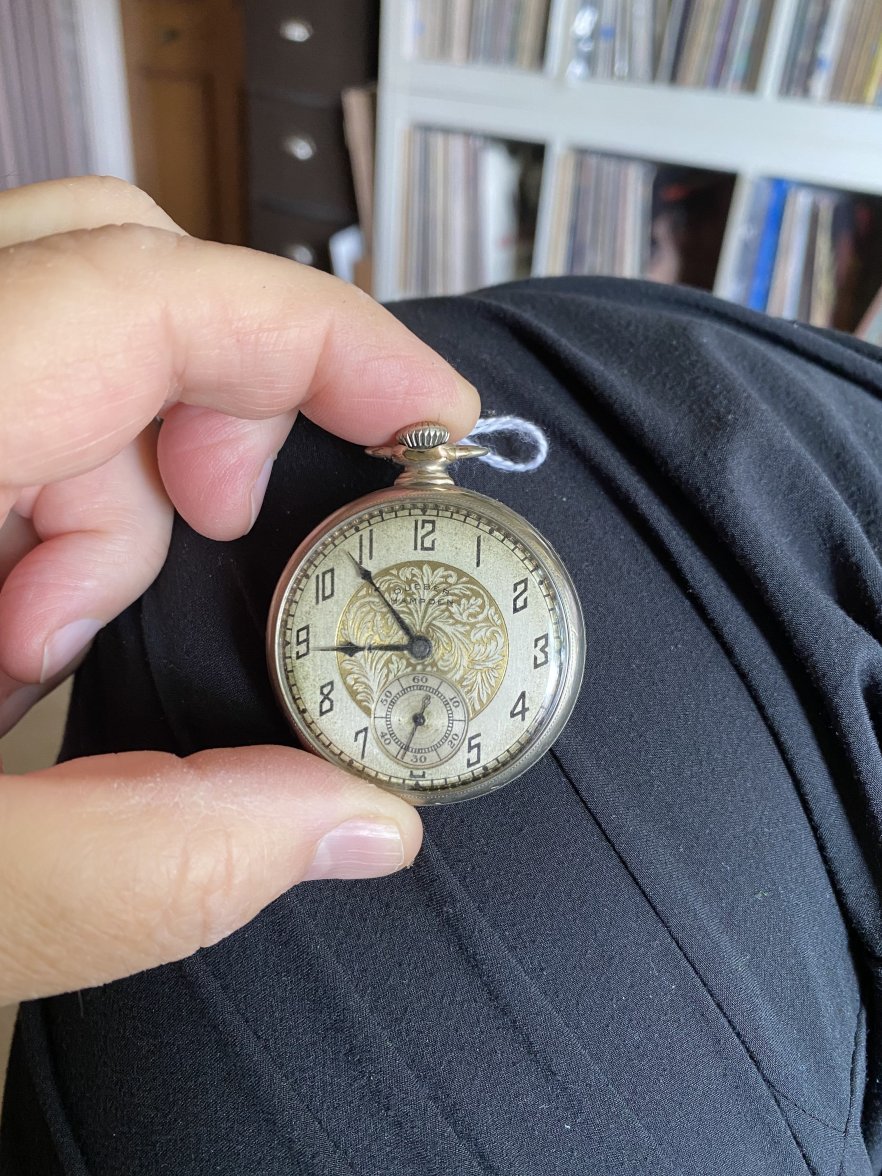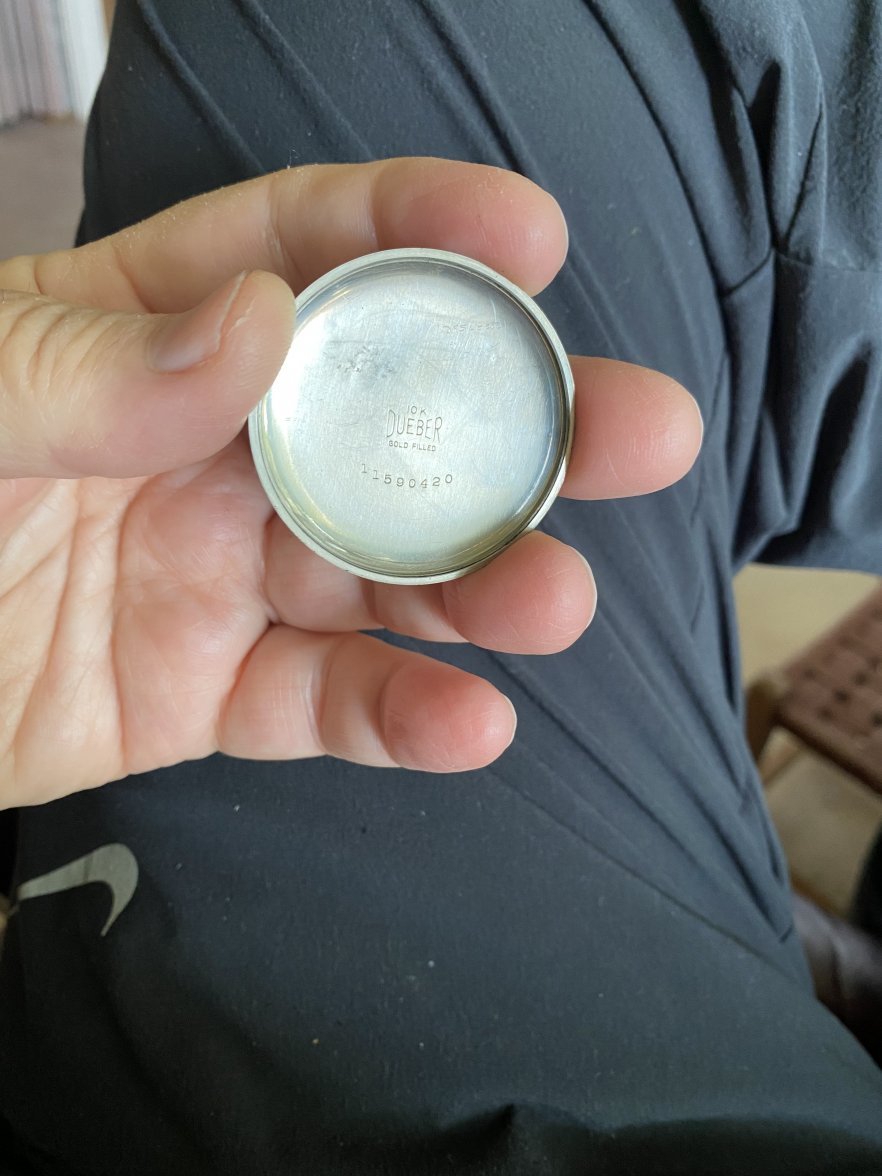Canuck
·Did you know that, in 1924, the Gruen Watch Co. was celebrating its 50th anniversary. The company introduce very limited range of watches to celebrate the anniversary. The watch was pentagonal in shape, and was available in (I suspect) 14-karat gold cases in green gold and white gold. The movements were made with the plates in karat gold, as well. The price at introduction was $500.00, advertised in the National Geographic magazine, and likely elsewhere.
Eugene T. Fuller published a book entitled “The Priceless Possession of a Few”, in 1974, the 100th anniversary of the company. The initial run of this book was 650 copies, and It is likely by now, out of print. There is no Library of Congress catalog number in it, so it could be a challenge to track down a copy. If interested in seeing pictures, and reading more about this watch, here is a link:
https://www.ashlandwatches.com/mm5/merchant.mvc?Screen=PROD&Product_Code=VC2-087-SOLD
I posted a picture of this 14-white gold pentagonal Gruen, just the other day. This one is from 1930, and it is not a 50th anniversary model. The movement in the 50th anniversary watch appears to be the same as the one below.....except of course for the gold movement.
Eugene T. Fuller published a book entitled “The Priceless Possession of a Few”, in 1974, the 100th anniversary of the company. The initial run of this book was 650 copies, and It is likely by now, out of print. There is no Library of Congress catalog number in it, so it could be a challenge to track down a copy. If interested in seeing pictures, and reading more about this watch, here is a link:
https://www.ashlandwatches.com/mm5/merchant.mvc?Screen=PROD&Product_Code=VC2-087-SOLD
I posted a picture of this 14-white gold pentagonal Gruen, just the other day. This one is from 1930, and it is not a 50th anniversary model. The movement in the 50th anniversary watch appears to be the same as the one below.....except of course for the gold movement.
Edited:
